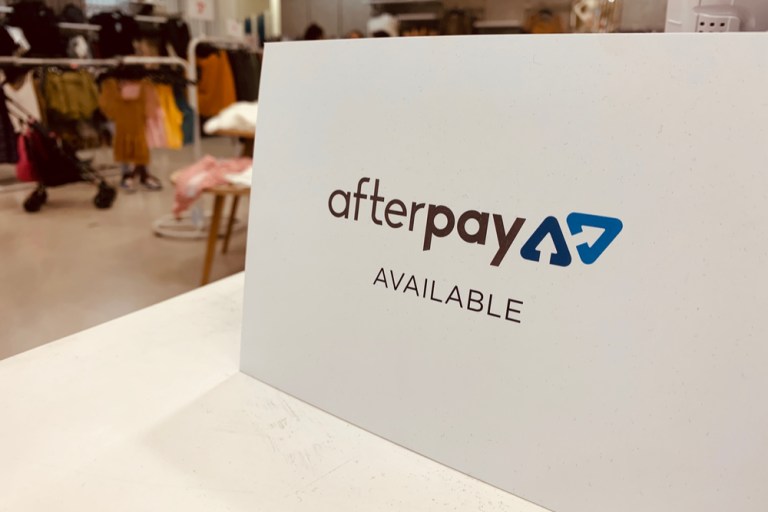BNPL And The Payments Choice Balancing Act

Payments choice is emerging as more than just added eCommerce utility. Merchants expanding payment options are finding this an important differentiator, a major value-added benefit, seemingly tailor-made for the uncertain economic times we’re suddenly living through.
Retailers didn’t embrace “buy now, pay later” options with a global pandemic in mind, for example, but as we learn from PYMNTS’ May 2020 Buy Now Pay Later Tracker® done in collaboration with Afterpay, that uptake seems prescient now.
“Customers are tightening their purse strings during the global economic downturn. These individuals and the retailers upon which they rely are each dealing with intensifying financial pressures the longer it continues,” the report states. “The former are concerned about affording essential goods or services — some after recently losing jobs or being furloughed — while covering rent payments and other bills, and the latter are worried about whether they will be able to remain in business amid stay-at-home mandates. This uncertainty makes it critical that consumers purchase items they feel are affordable and that retailers offer flexible payment options to reduce the likelihood of customer cart abandonment.”
That digital shift and its implications for merchants and their payments partners are explored in detail as American businesses reopen and reinvent with an eye on spending behavior changes.
Decade of Debit
Consumers began favoring debit over credit coming out of the last “Black Swan” event — the market crash of 2008. Ironically, that purely financial disaster may have done less economic damage over a couple of years than a contagion did in under three months.
With unemployment off the charts and potentially a few million jobs likely permanently wiped out, consumers still making purchases want every opportunity to manage their spend. Millions are doing so with “buy now, pay later” (BNPL) lending at the point-of-sale.
“Afterpay’s U.S. data has shown a significant shift to debit over the COVID-19 period, beginning in March — now with 90 percent of consumers electing to use their debit cards to pay for their installments,” Nick Molnar, U.S. CEO and co-founder of BNPL firm Afterpay, told PYMNTS.
“Visa’s most recent quarterly results … [showed a similar decline, with] a sharp decrease in U.S. credit card usage versus debit, with credit down 31 percent. [This is] compared to debit, which was down just 6 percent. Merchants large and small that focus on their online presences and offer payment solutions that allow consumers to pay over time using their own money will be best positioned to align with a ‘new normal’ for consumers in the post-COVID-19 era,” he said.
How Much Choice is Too Much?
Questions around how much payments choice to offer and which solutions work best are occupying the minds of retail and brand executives as they seek to restore a flow.
“We really have to find the balance between where and how the customers want to convert and transact versus how many [payment] options are too [many],” Brian Garofalow, vice president of eCommerce for North American cooler retailer Igloo, told PYMNTS. “When I [as a customer] do not know which service I want to use to pay, I [as a retailer] have already wasted too much time and I am losing consumer confidence.”
Wasting your customers’ time is a cardinal sin online or offline. That’s why now is the time to watch for trends in first-party data, conduct social listening, or just talk to customers about what payments choice and flexibility has value to them at this unique moment.
“Retailers must be aware of how the methods they offer support customers in the moment and whether those options can adapt to changing situations. Such awareness will require constant research into how and why consumers are buying products,” the report concludes.